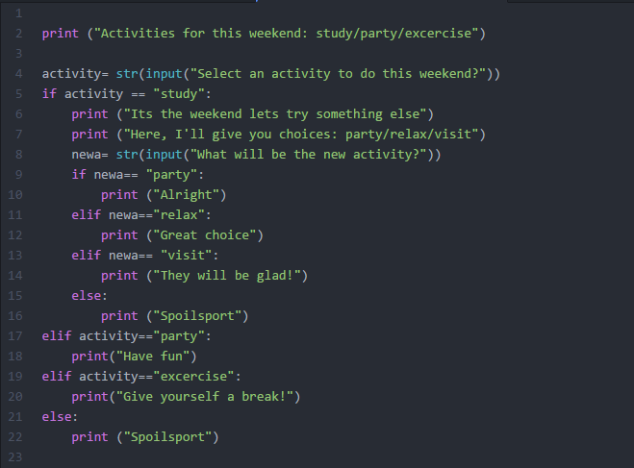--Originally published at Codebuster
Here we are, at the end of the race, the literal last classes of the semester. As always, it feels a little bitterweest. The undeniable yearning for classes and finals to end mixd with the knowledge that a whole semester has passed in the blink of an eye. So it’s time to look back and reflect on this past months, what we’ve learned and we could have done better.
Specifically in programming class there are a couple of things I would have tried to improve. Juggling the other courses that had a more conventional way of grading was sometimes easier and sometimes I believe I did procrastinate in the creation of blog posts. However that does not mean I did’nt learn. On the contrary, I feel like I learned a lot.
I did learn the course materials, I had my fair share of mistakes when programming, still do, but I feel like I learned the concepts, not just applying them in certail problems.
On the other hand, I feel like I learned a lot about what the learning process should actually be, I learned to look for resources myself, especially at this age where all we need is a cellphone or computer to access worldwide information. It was a fun,different, sometimes nervewraking experience. Below I leave a quick video summarizing this.













